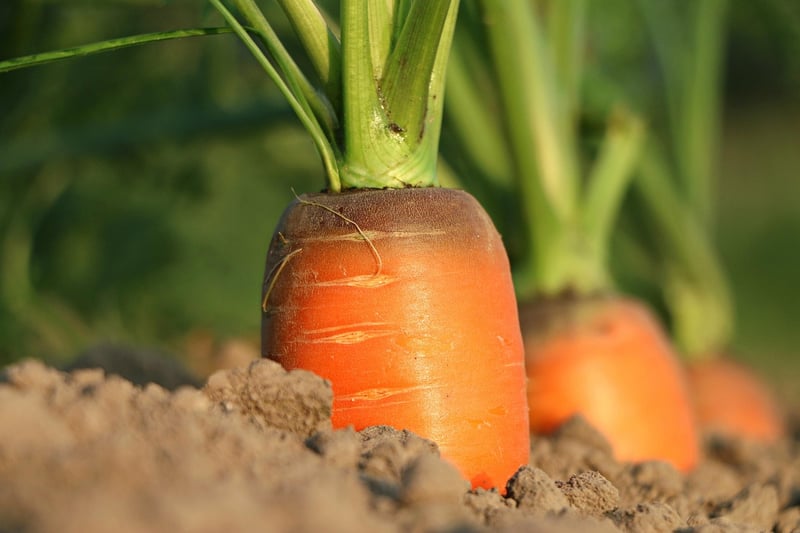Soil Health Tips
Essential Care Practices for Soil Health
Soil health is fundamental to the success of any garden or farm. By adopting essential care practices, you can improve soil quality, enhance crop yields, and promote overall environmental sustainability. Here are some key tips to help you maintain and enhance soil health:
1. Soil Testing
Regular soil testing is crucial to understand the composition of your soil. It helps determine nutrient levels, pH balance, and any deficiencies that need to be addressed. By knowing your soil's status, you can make informed decisions on fertilization and amendments.
2. Organic Matter
Adding organic matter such as compost, manure, or cover crops helps improve soil structure, water retention, and nutrient availability. Organic matter also encourages beneficial microbial activity, which is essential for a healthy soil ecosystem.
3. Crop Rotation
Rotating crops helps prevent the depletion of specific nutrients in the soil and reduces the buildup of pests and diseases. It also promotes biodiversity and can improve soil fertility over time.
4. Mulching
Mulching helps conserve soil moisture, suppresses weed growth, and moderates soil temperature. Organic mulches break down over time, adding nutrients to the soil and improving its overall health.
5. Avoid Over-Tilling
Excessive tilling can disrupt soil structure, lead to compaction, and disturb beneficial soil organisms. Minimize tillage practices and consider no-till or reduced tillage methods to preserve soil health.
6. Proper Water Management
Avoid overwatering or underwatering your plants, as both can negatively impact soil health. Proper water management helps maintain soil structure, nutrient availability, and microbial activity.
7. Cover Cropping
Planting cover crops during fallow periods helps protect the soil from erosion, adds organic matter, and improves soil structure. Cover crops also contribute to weed suppression and nutrient recycling.
8. Crop Diversity
Growing a diverse range of crops promotes soil health by enhancing microbial diversity, reducing pest pressure, and optimizing nutrient uptake. Crop diversity also improves soil structure and resilience to environmental stress.
Conclusion
By implementing these essential care practices for soil health, you can create a sustainable and productive growing environment for your plants. Remember that healthy soil is the foundation for successful gardening and farming, so prioritize soil care in your agricultural endeavors.

For more tips and resources on soil health, visit USDA Natural Resources Conservation Service.
